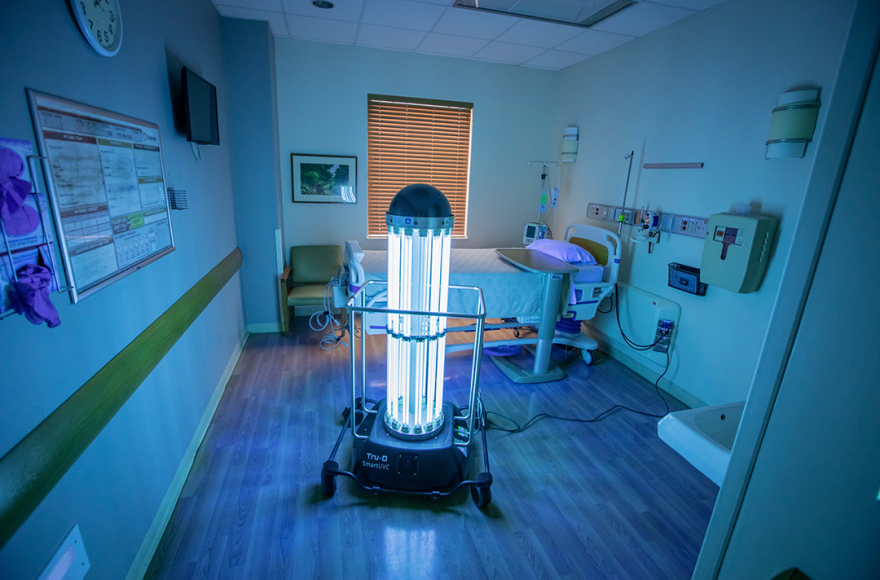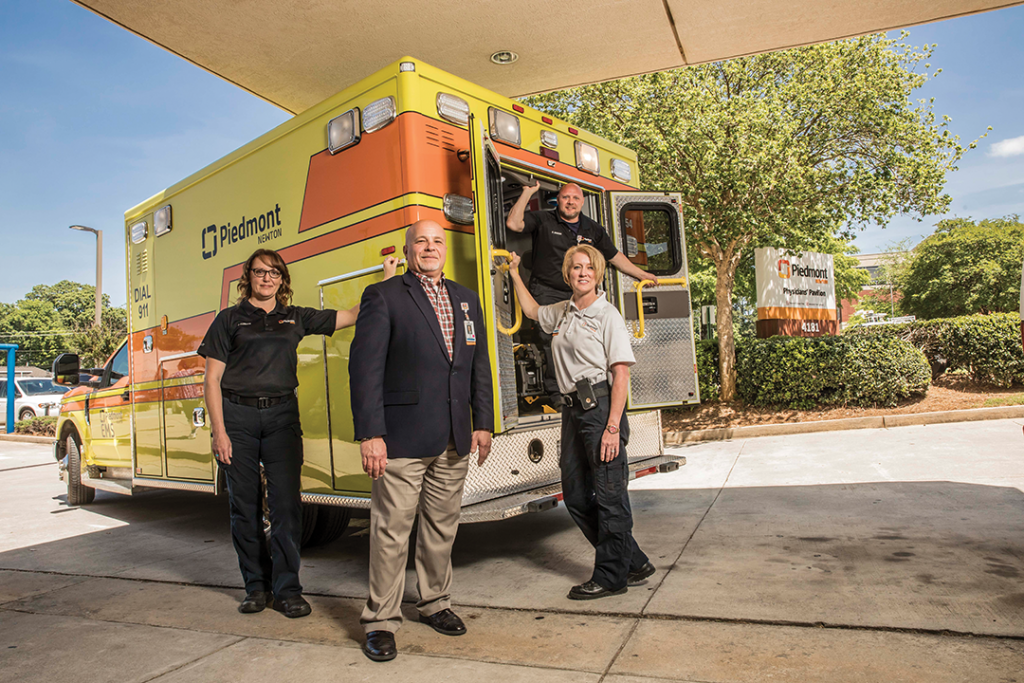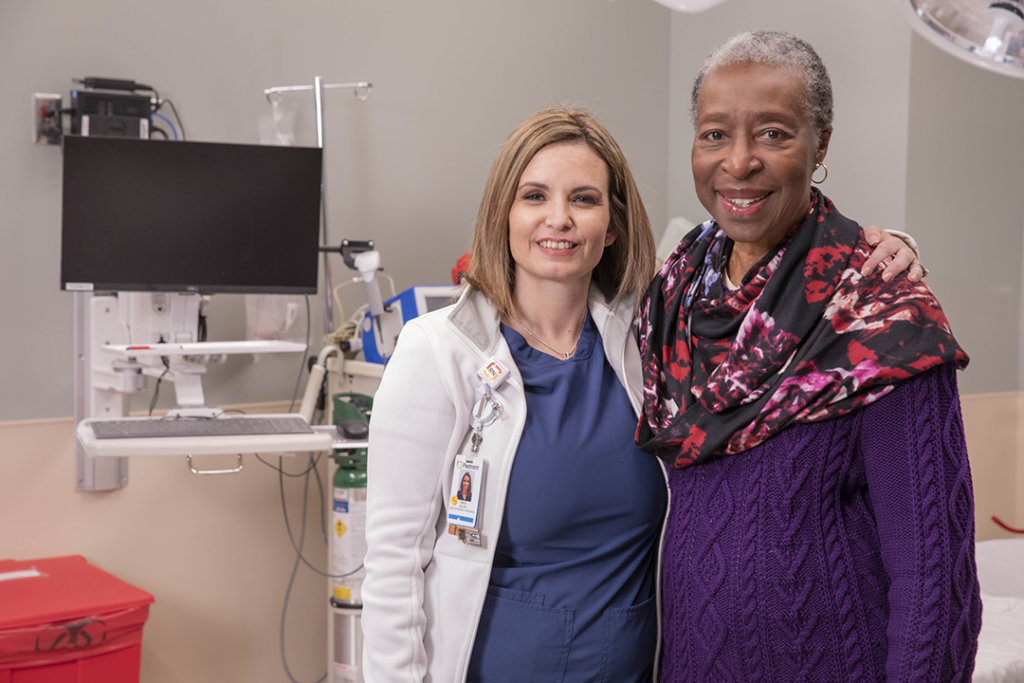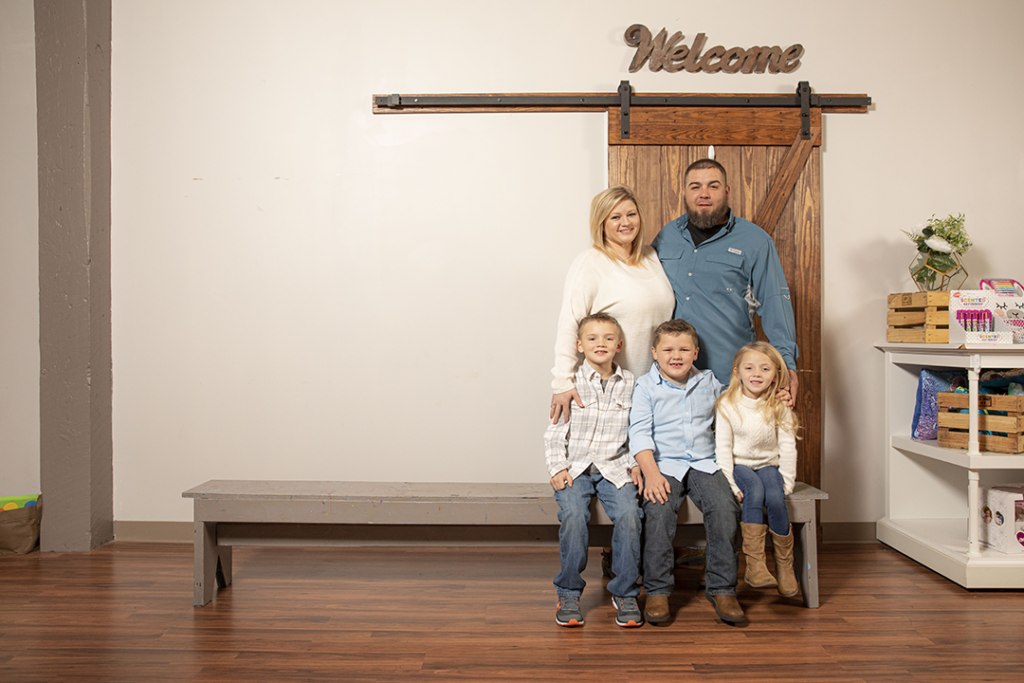Piedmont Newton Hospital deploys a pathogen-reducing UVC robot in an ever-evolving battle, adding another layer of safety for staff and patients in a world forever changed by the coronavirus pandemic.

In a changed world where cleanliness can play an even more pivotal role in the struggle between life and death, Piedmont Newton Hospital strives to be as sanitary as possible. The facility in late spring 2020 added the Tru-D system—a pathogen-reducing UVC robot—in a bid to buoy its efforts.
Originally, two machines were used to disinfect masks and other personal protective equipment during the shortage that resulted from the coronavirus pandemic. After Jan. 1, the hospital decided to use the machines to disinfect ICU rooms at the hospital.
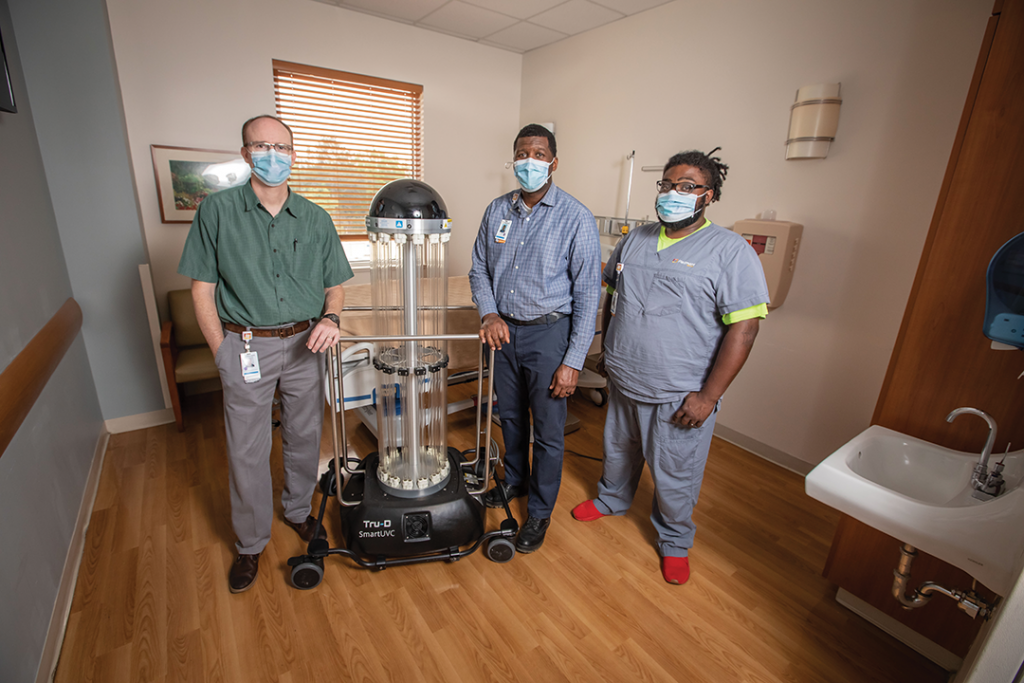
“We have already identified that we have low infection rates at the hospital, and we already go above and beyond what is required with the chemicals we use for cleaning the hospital,” said Steve Knowles, an infection preventionist at Piedmont Newton. “We decided to focus on higher-risk areas where we might have infections.”
The Tru-D device, which generates UVC light energy that modifies the DNA or RNA structure of an infectious cell, remains the only portable UVC disinfection system on the market with patented Sensor360® technology.
“It has been exciting to know we have this available. I know it’s something new, but my staff has really taken it on and taken hold of it. We view it as extra steps to make sure patients are safe.”
Piedmont Newton Environmental Services Manager
Kevin Richards
“You get UV rays from the sun that kills things, too,” Knowles said. “This is a higher dose that you might get from the sun, like a tanning bed.”
Sensors calculate the precise dose of UVC energy needed to disinfect a room while compensating for space variables such as size, shape, surface reflectivity and contents.
“We already have a 15-step cleaning process we use for cleaning rooms that is used throughout all Piedmont facilities,” said Kevin Richards, the environmental services manager at Piedmont Newton. “This is that extra step in the process to make sure we’re getting those things that can cause infections, especially in critical areas.”
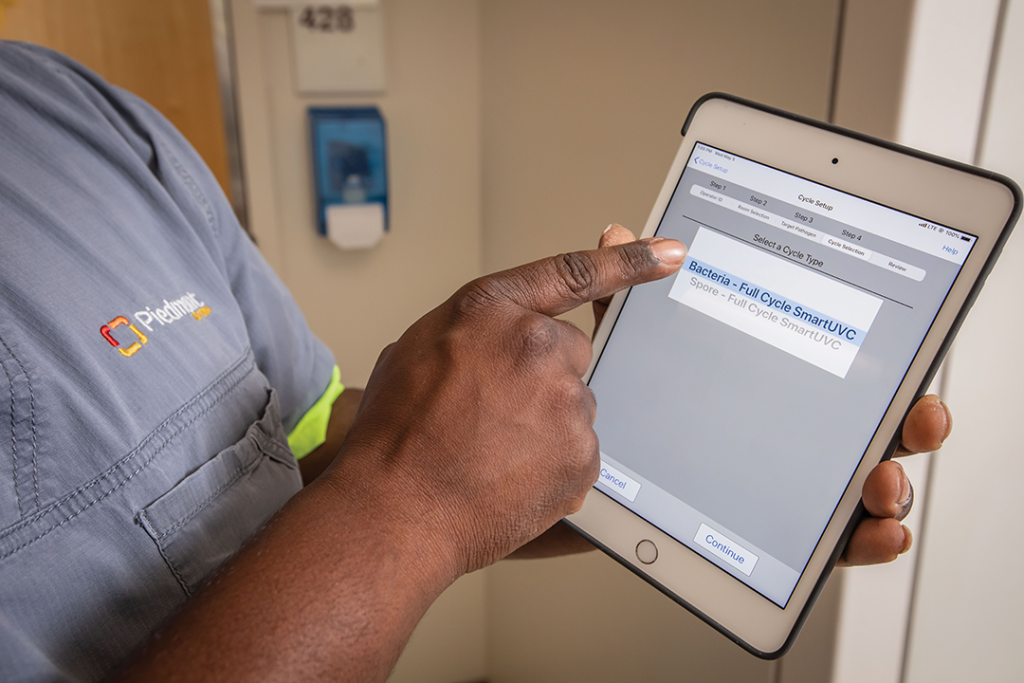
The robot springs into action once a patient is discharged from an ICU room. One staff member strips the room of items like bed sheets and pillows and cleans the area as normal protocols require. Another trained staff member then uses the robot to disinfect the room—it usually takes between 15 and 30 minutes—before the next patient is brought in.
“It doesn’t disinfect dirty, like blood on a table, so the environment has to be cleaned first,” Knowles said. “Everything gets the same level of cleaning. This is just another layer that ensures the safety for our patients.”
Knowles indicated that the process only delays patients being placed in a room by five minutes or less. The robot is operated by a remote control outside the room and features an application that tracks infection control data while simultaneously uploading the information to the hospital’s web portal. The robot can disinfect a room from one position, eliminating the need to shift it to multiple places in the room, although sometimes furniture is moved to make sure it can reach every area in a given space. Once the cycle is complete, the robot notifies the operator via audio and/or text message that the process has finished. It can then be moved to the next room. There are safety measures in place to prevent the process from being interrupted by somebody entering the room, as direct UV light exposure can be harmful to humans. The robot can be shut off remotely if there are any issues.
In addition to killing deadly pathogens such as SARS-CoV-2, the process also helps eliminate methicillin-resistant staphylococcus aureus (MRSA), clostridioides difficile (C. diff) and vancomycin-resistant enterococcus (VRE). Knowles explained that Centers for Disease Control and Prevention data regarding COVID-19 suggests the spreading of those germs occurs more from direct contact with individuals and not the environment.
“Hospitals that provide an extra level of care by disinfecting rooms with the Tru-D system are taking a proactive step in ensuring patients and staff have a clean and germ-free environment,” Tru-D SmartUVC President Chuck Dunn said. “It takes the guesswork out of previous protocols and ensures confidence in clinicians and patients alike.”
Currently, Piedmont Newton Hospital uses the Tru-D robots to clean ICU and stepdown ICU rooms. Eventually, based on need, budget, staffing and training, they could be used to disinfect other rooms in the hospital, like operating room suites or standard patient rooms.
“It has been exciting to know we have this available,” Richards said. “I know it’s something new, but my staff has really taken it on and taken hold of it. We view it as extra steps to make sure patients are safe.”
Click here to read more stories by Michelle Floyd.

